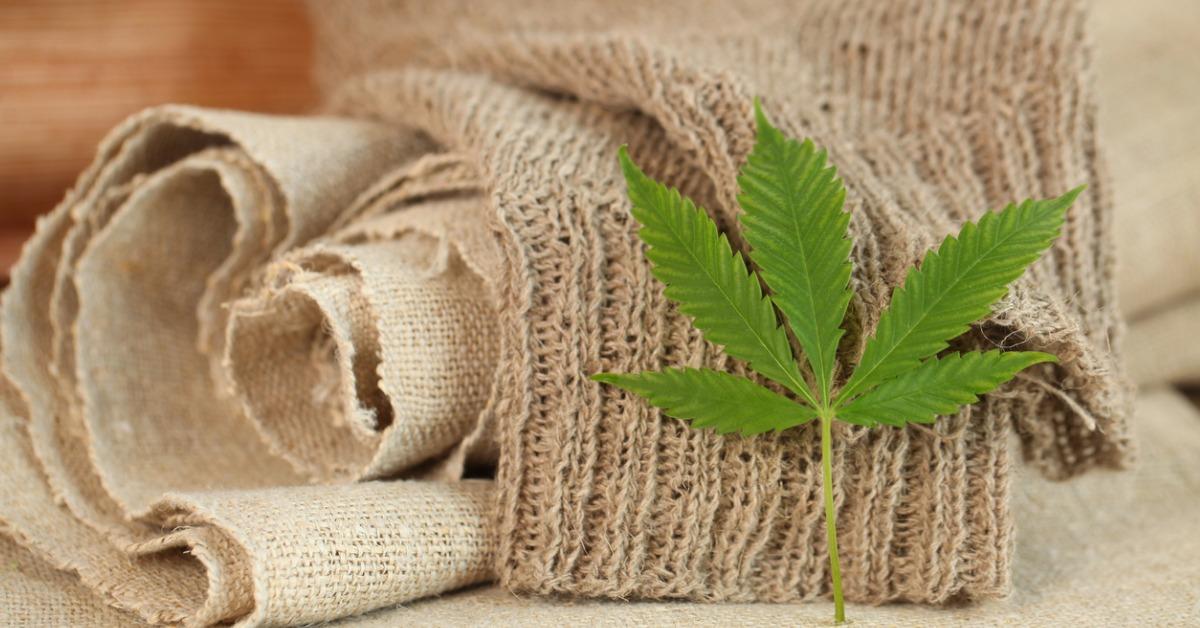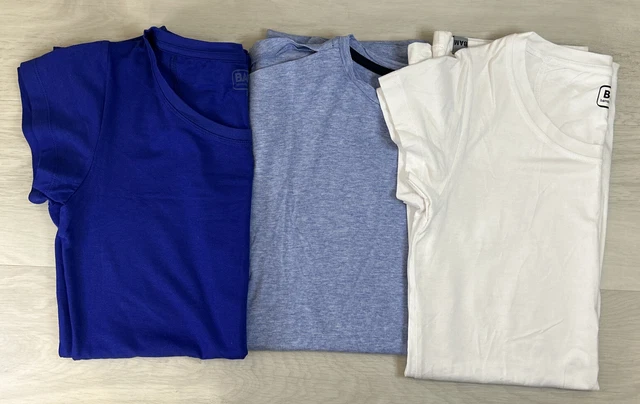Free News On Choosing Hemp Clothing
Wiki Article
What Are The Advantages Of Low Impact Hemp Fibre Clothing That Is Sustainable?
The hemp clothing made from low-impact is more sustainable than clothes made of synthetic fibers. Here are some of the major environmental advantages of hemp clothing: Sustainable FarmingThe hemp crop is sustainable. Hemp is a sustainable crop. Hemp grows fast and uses less water, pesticides and herbicides than many other plants. Hemp can adapt to different kinds of soils and climates and climates, which decreases the need for agricultural chemical.
Lower water usageLower Water Consumption Hemp typically uses significantly less water than conventional cotton, which is known for its high water consumption. Hemp clothing is more efficient in terms of water use because of this.
Hemp can be produced without synthetic pesticides herbicides, or other chemicals. This helps reduce the environmental impact of chemical agriculture.
Hemp cultivation can boost soil health by preventing soil erosion and compaction. It can also make the soil fertile for future plantations.
Hemp can be biodegraded. It degrades naturally over time, and it reduces the amount of textile waste. In contrast to synthetic fibers such as polyester, which may require thousands, or even hundreds of years to degrade.
Lower Carbon Footprint Hemp fibers are made with a lower carbon foot print that synthetic materials. Furthermore, hemp is able to capture carbon dioxide from the air in its growth and act as an carbon sink.
Hemp clothing's durability and long-lasting is popular. Hemp garments of good quality will last for a long time. They reduce the need for replacements, and also help to reduce waste.
Hemp plants are naturally intolerant to pests. This reduces the requirement for pesticides.
Hemp is a versatile material which can be transformed into bags, clothes or accessories.
Regenerative agriculture- Some sustainable farming methods integrate hemp into systems of regenerative agriculture, which aim at restoring and improving ecosystems while producing plants. This approach could have positive environmental effects.
It is crucial to keep in mind that although hemp has the potential to provide a variety of environmental benefits but the durability of clothing is dependent on other factors like the process of dyeing, transportation, consumer behavior, etc. In addition, as in any other sector manufacturing standards and practices are subject to change. To ensure you're getting the greatest environmentally friendly benefit, choose organic hemp clothing that is sustainable and organic. Check out the top hemp clothes for blog recommendations including mens hemp trousers, hemp yoga pants, hemp sweatshirt, hemp sweater, organic hemp clothing, hemp shorts, hemp fabric clothing, hemp baja hoodie, hemp and cotton fabric, hemp denim and more.

How Do Hemp Fibers Improve In Carbon Sequestration, Sustainability And Crop Rotation?
Carbon Sequestration:
Hemp is a very fast-growing plant that is extremely fast-growing. It can mature in just 70-120 days depending upon the variety of the plant and the environment. In the process of photosynthesis, hemp plants absorb CO2 from the atmosphere during their rapid growth. The carbon absorption process can contribute significantly to the carbon dioxide sequestration, reducing the amount of CO2 that is absorbed by the atmosphere.
The hemp's capacity for high biomass production is well known. The plant's tall stalks as well as dense foliage create a substantial quantity of organic matter. The biomass, when mixed into the soil or utilized for various purposes, can help to build up of carbon.
Sustainability:
Hemp requires less herbicides, pesticides and herbicides than other crops, such as cotton. The hemp's natural resistance to many pests, diseases and weeds decreases the need of chemical intervention. Organic hemp farming, specifically, emphasizes sustainability by eliminating synthetic chemicals completely.
Hemp has a high water efficiency when compared to other crops that need lots of water, such as cotton. This makes it more viable in areas in which water is scarce.
Hemp roots are long and can aid in improving soil quality. Its roots reduce soil runoff and also stabilize the soil's structure, thus preventing soil erosion. Hemp cultivating can also increase microbial action in the soil. This promotes nutrient cycle and overall soil fertility.
Hemp is a great option to incorporate in crop rotation systems. Crop rotation involves alternating different crops in the same area over durations of. This practice can help break cycles of disease and pests and reduce soil loss and improve soil structure. Hemp is a fantastic crop to rotate, and its use can contribute to sustainable farming.
Crop Rotation
Diversification- Hemp can be incorporated in crop rotation systems along with other crops like legumes, grains, or vegetables. This diversification helps farmers to maintain soil health, reduce the chance of pests that are specific to crops and diseases, and promote balanced nutrient cycling.
Hemp’s deep-rooted roots can penetrate soils and open them up, reducing compaction. This improves water infiltration. The improved soil structure after hemp cultivation benefits subsequent plants.
Hemp fibers are a great option for crop rotation due to due to their speedy growth rate, their the high yield of biomass, their low chemical needs, water efficiency, and positive effects on soil health, and compatibility. The hemp fibers produced through this sustainable, regenerative farming practice can be a fantastic option for making textiles. See the top next page for hemp clothes for website info including patagonia island hemp pants, hemp clothing womens, hemp shorts mens, clothes made from hemp, hemp tees wholesale, patagonia island hemp pants, hemp shorts patagonia, hemp textiles, hemp yoga clothes, hemp tank top and more.

What's the difference between hemp and bamboo fibers?
Hemp and bamboo are two different plant-based fibers that are used in the production of textiles, each with its unique characteristics and properties. These are the main distinctions between bamboo and hemp fibers- 1. Plant Source-
Hemp- Hemp fibres are formed from the outer layer of stalks. Hemp is a versatile and rapid-growing plant that was cultivated for various purposes for centuries.
Bamboo- Bamboo fibres are produced by the cellulose of bamboo plants. Bamboo is a fast-growing grass known for its durability and rapid renewal.
2. Fiber Specifications-
Hemp- Hemp is known for its durability and strength. These are the strongest of all natural fibers. Each time they wash them, they soften up which makes them suitable for clothing that lasts for a long period of time.
Bamboo- Bamboo fibres are silky soft with a silky smooth texture. Although they may not be as durable as hemp fibers and may be more fragile in certain circumstances but their softness on the skin is greatly appreciated.
3. Texture-
Hemp- Hemp fabric has the appearance of a coarse and rough feeling, particularly in its natural state. It's soft, but it has a different feel to bamboo.
Bamboo is silky soft and soft. It is often described by its wearers as a mixture of cotton and silk.
4. The ability to breathe and the moisture-wicking
Hemp- Hemp is naturally breathable. It also absorbs moisture. They help you stay cool and dry in hot weather.
Bamboo Fibers- Bamboo fibres are known for their the highest level of breathability and moisture wicking. They are equipped with micro-gaps that enhance their capability to regulate the temperature and moisture.
5. Environmental Impact-
Hemp- Hemp fiber is an environmentally-friendly plant due to its low requirement for water as well as its rapid growth rate as well as its resistant against pests. This decreases the requirement for herbicides and pesticides. Hemp can absorb CO2 from the atmosphere while it expands.
Bamboo is known for being ecologically sustainable. It grows quickly, needs minimal water, and is easy to grow without pesticides that are synthetic. Some bamboos are considered sustainable, including Moso bamboo.
6. Processing-
Hemp Fibers Hemp fibers are subject to a lot of processing that will be required to separate the bast that is outside from the wood core. The process may require Retting (decortication) or mechanical separation or Retting.
Bamboo Fibers- Bamboo fibers are obtained via a chemcial process called the viscose/rayon procedure. This process involves chemically cutting down bamboo pulp. Closed-loop systems can be used to reduce chemical waste in certain bamboo textiles.
7. Versatility-
Hemp- Hemp fibres can be used for a wide range of applications, including clothing, textiles and paper. They also make excellent building materials.
Bamboo- Bamboo fibres are used primarily in clothing and textiles however, they can be found in other items such as towels and bedding.
In the end, both hemp and bamboo provide unique characteristics and sustainable advantages. The choice between these two depends on the characteristics you seek in a textile and also your preference for the environment. Read the top bamboo clothing for more advice including bamboo yoga pants, ladies bamboo t shirts, bamboo yoga pants, freefly summer hoodies, bamboo cay shirts, bamboo t shirts womens, bamboo twirl dress, bamboo jeans brand, long sleeve bamboo t shirt, bamboo baby pajamas and more.
